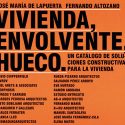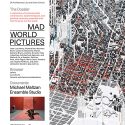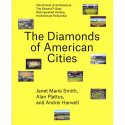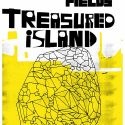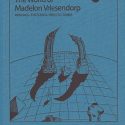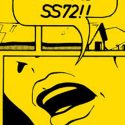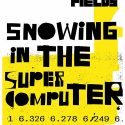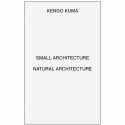Issue 2/ Mad World Pictures
Lots of Architecture Publishers introduces NESS: a magazine on Architecture, Life, and Urban Culture. NESS is a printed publication about architecture, life, and urban culture. We are in continuous dialogue with provocative designers and thinkers to expand and diversify our conversations and to be open to new visions and ideas. It is divided into Browser, The Dossier, and Documents
NESS 2 focuses on planetary representations: MAD WORLD PICTURES. In our second issue's Browser we visit design studio LaFeliz, Luis Úrculo's landscapes, and the research enterprise of Feminist Architecture Collaborative. Picking up on the question "What are the limits to the possible?" posed by Jean-Luc Nancy, The Dossier places the issue of planetary representations at center: Richard Saul Wurman recounts maps as a tool for understanding; Alexandra Arènes and Bruno Latour develop new cartographies of The Earth; Giuliana Bruno defines 'tender mapping; the exhibition Walls of Air drafts the immaterial barriers of Brazil's architecture and territory; and Fake Industries speculate on the sudden invention of the Indo-Pacific Region. Also, Uriel Fogué, Parasite Lab, María Jérez, Jesse LeCavalier, and Sophia Al Maria dared to play with an exquisite corpse via email. In Documents, we talked to Michael Maltzan: learnt about his beginnings, the office and its projects, as well as his commitment to architecture as a culture building practice. Finally, we interviewed Ensamble Studio in the Cyclopean House. We looked into the span between prefabrication and their most dramatic landscape structures.
With contributions of
Florencia Rodríguez, Pablo Gerson, Isabella Moretti, Renee Carmichael, Daniela Freiberg, Jean-Luc Nancy, Bruno Latour, Giuliana Bruno, Uriel Fogué, Jesse LeCavalier, Richard Saul Wurman
Part of the Ness Collection. 
